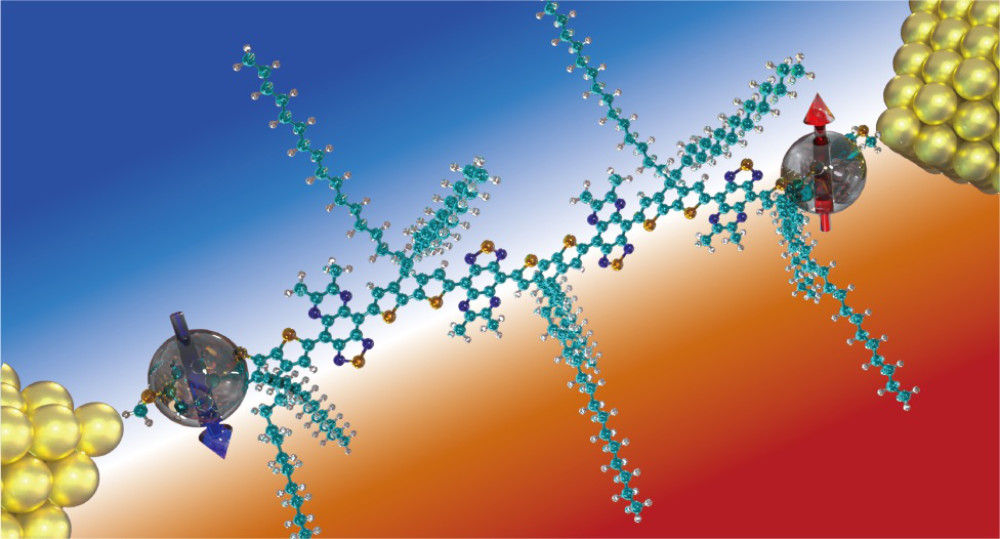A team of scientists has developed the "world's most electrically conductive organic molecule," which could revolutionize electronic materials for computer chips.
A research team that includes a scientist from the University of Rochester says it has uncovered what it believes is "the world's most electrically conductive organic molecule." The discovery that opens new possibilities for building smaller and more powerful and energy efficient computing devices.
In a paper published in the Journal of the American Chemical Society, the researchers, including Ignacio Franco, a professor of chemistry and of physics at Rochester, unveiled a new type of molecule that can carry electrical current over record-breaking distances without losing efficiency. The molecule, which is composed of chemical elements found in nature, including carbon, sulfur, and nitrogen, could allow computer chip manufacturers to eliminate their reliance on silicon and metal as conductors.
"Molecules are nature's tiniest, mightiest, and most configurable building blocks and can be engineered to build ultra-compact, ultra-efficient technology for everything from computers to quantum devices," Franco says.
Using molecular materials in electronic chips offers several advantages. They consume less power. They can be more easily customized than silicon. They are more environmentally friendly. And, perhaps most importantly to manufacturers, they are potentially cheaper to produce.
But, until now, finding the ideal chemical makeup for a molecule such as this has stumped scientists. There had previously been no molecular material that would allow electrons to move through it without significantly losing efficiency. Typically, the longer a molecule is-meaning the more atoms it has lined up, like links in a chain-the worse it is at carrying electricity.

"This work is the first demonstration that organic molecules can allow electrons to migrate across it ballistically without any energy loss over several tens of nanometers, a completely quantum mechanically dictated phenomena," says Kun Wang at the University of Miami, who co-led the experimental efforts of the research along with Jason Azoulay at Georgia Institute of Technology.
The team demonstrated these capabilities by studying their new molecules under a scanning tunneling microscope (STM). Using a technique called STM break junction, the team was able to capture a single molecule and measure its conductance-how easily electricity flows through a specific object.
Franco and his colleagues Mehrdad Shiri at the University of Miami and Leopoldo Mejía at the Universidad Andrés Bello unveiled the physical mechanisms behind these unprecedented molecular capabilities through atomistically detailed computations of the electron transport.
"These amazing molecules have unpaired electron spins at each end of the molecule that 'talk' to one another and enable near-perfect electrical conductance over record-setting distances," Franco says.
Isolated spins or radicals are usually very reactive, but the team's chemical design makes the radicals stable even in air under room-temperature conditions. This could open opportunities to revolutionize molecule-based quantum information science and the way information is transferred, processed, and stored in future computing systems.
"This molecular design overcomes many of the big issues that for decades have prevented the use of molecules in electronics," says Franco.






